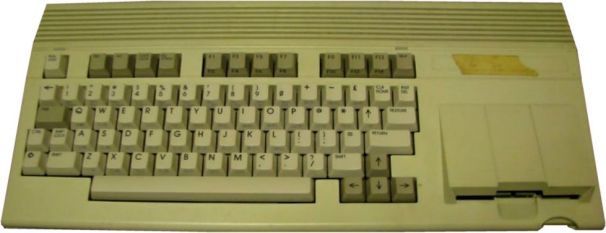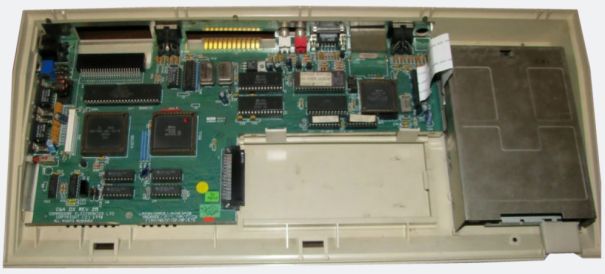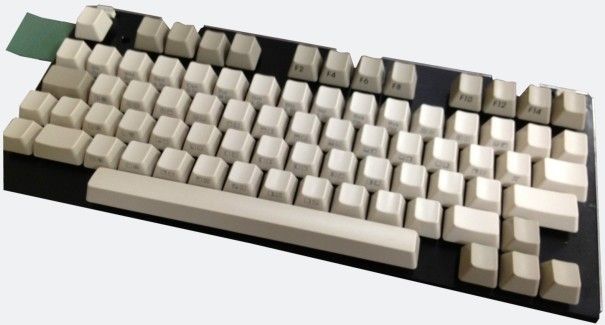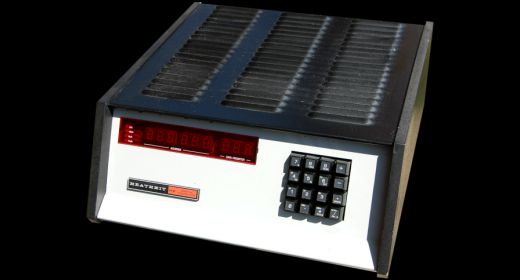
The Commodore 65 was an experiment, but one that somehow made it to market. It was a transition from the Commodore 64 to the Amiga line of computers. It was started in 1989, but discontinued a few years later. If the Commodore Business Machines company had not gone bankrupt in Aprill of 1994, it is possible that no one would have even seen the Commodore 65. This is because they were not released until after the liquidation of Commodore. Get a closer look at this rare computer here in this informative article on the Commodore 65, also known as the “C65”.
The Commodore 65 was a computer to fill a gap in technology. It was compatible with the earlier 64 but also had a glimmer of the upcoming Amiga. The machine, also called the “C64DX”, dwelt in prototype status and was never officially released. It had a color monitor with two screen resolutions. One was 320 by 200 by 256 and the second was 1280 by 400 by 2. Radio frequency, RGB and a video port similar to the earlier Commodore 64 were also a part of the video setup. The audio was improved for the Commodore 65. It had two SID ( Sound Interface Device ) chips instead of the one that the Model 64 had. This gave the 65 six channels of analog stereo sound.

Other hardware running the Commodore 65 was a CSG 4510 R3 central processing unit. It bore the code name of “Victor” and ran at 3.54 megahertz. The graphics were handled by the VIC-III graphics chip named CSG* 4567 R5. It bore the code name of “Bill”. There was one internal 3.5 inch floppy disc slot for storage. On the back side of the Commodore 65 were connections for an external disc drive, 8 pin Commodore video, channel selector switch ( did not function ), radio frequency output, RGBI stereo output, user port, serial port and a cartridge port.

The Commodore 65 was running BASIC 10 for an operating system. It was more than a few steps ahead of the BASIC 2.0 that the Model 64 came with. Function keys could switch between 40 and 80 columns on the screen. The “F2” button would erase everything that was below the cursor on the screen. The directory key was the “F3” key, The “F52 key situated the cursor at the head of the previous word. The “F8” covered the monitor. The BASIC 10 was a rendition of both 6502 Microsoft BASIC and Applesoft BASIC. Commodore licensed the operating system from Microsoft for $25,000 dollars. Bill Gates had offered the platform for $3 dollars per unit, but Commodore refused the offer.

The unofficial estimate of how many units of the Commodore 65 made it to market varies from 50 up to 2000 units. This makes it a rare computer to come by. The manufacturer’s suggested retail price was $300 to $350 dollars. Obviously the Commodore 65, being a prototype and not really ever released to the public is an extremely rare machine and probably one of the holy grails of vintage computer collecting. The last sale I saw in October of 2011 resulted in a $20,000.00 sale price and included the 65, a power supply, 9 pin digital cable to connect to a 1084S-D2 (color), a custom commodore to s-video cable (black & white only), and a 3.5″ floppy with a demo on it.


